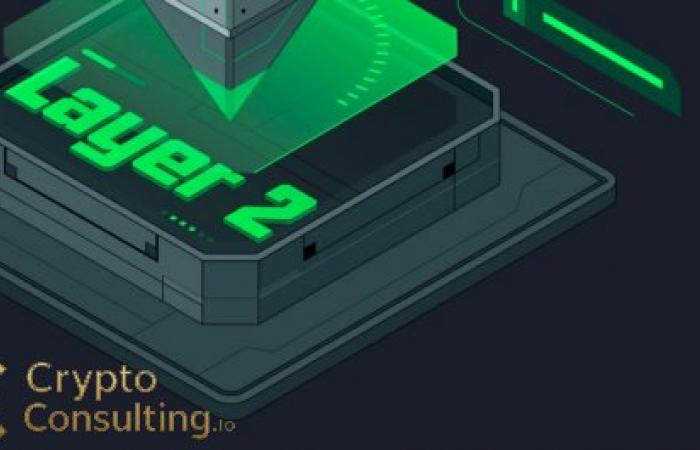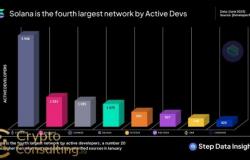
Ethereum's scaling revolution has reached a critical inflection point in 2025, with layer-2 solutions successfully reducing transaction costs by 95% while processing over 12 million daily transactions. This breakthrough in blockchain scalability is fundamentally transforming user adoption patterns and enabling a new generation of decentralized applications that were previously economically unfeasible.
Layer-2 networks including Arbitrum, Optimism, Base, and zkSync collectively process more transactions than Ethereum's mainnet while maintaining security through the base layer. Average transaction fees on these networks have fallen below $0.10, compared to $5-$50 during peak mainnet congestion periods. This dramatic cost reduction has opened Web3 applications to mainstream users who were previously priced out by high gas fees.
The impact on user adoption has been substantial. Arbitrum leads with over 4 million daily active users, followed by Optimism with 3 million and Base with 2.5 million. These numbers represent exponential growth from 2024 levels and demonstrate that affordable transaction costs are crucial for mainstream adoption. Many users interact exclusively with layer-2 networks, never directly using Ethereum mainnet.

Decentralized application development has flourished in this low-cost environment. Gaming applications, which require frequent micro-transactions, have found a viable home on layer-2 networks. Social media dApps have emerged, with platforms processing millions of interactions daily at minimal cost. DeFi protocols have expanded their offerings, enabling strategies that would be unprofitable with high gas fees.
Technical approaches vary among layer-2 solutions. Optimistic rollups like Arbitrum and Optimism assume transactions are valid by default, using fraud proofs to catch malicious activity. Zero-knowledge rollups like zkSync use cryptographic proofs to verify transaction validity, offering different security and performance trade-offs. Both approaches have proven effective, with users benefiting from competition and innovation.
Interoperability has improved significantly, with bridging solutions making it easier to move assets between layer-2 networks and back to mainnet. Native cross-chain messaging protocols enable dApps to operate seamlessly across multiple layers, reducing friction and improving user experience. The development of shared sequencer architectures promises further improvements in cross-layer communication.
Institutional interest in layer-2 solutions has grown as major platforms recognize their advantages. Coinbase's Base network has attracted significant attention from traditional companies exploring blockchain integration. Reddit's blockchain community points system operates on Arbitrum, demonstrating enterprise-scale adoption of layer-2 technology.
Challenges remain, including user education about different networks, occasional bridge security concerns, and the complexity of navigating multiple layer-2 options. However, the fundamental problem of blockchain scalability appears to have found a viable solution. As layer-2 networks continue to mature and improve, they are positioned to support the next billion Web3 users without compromising on security or decentralization.





